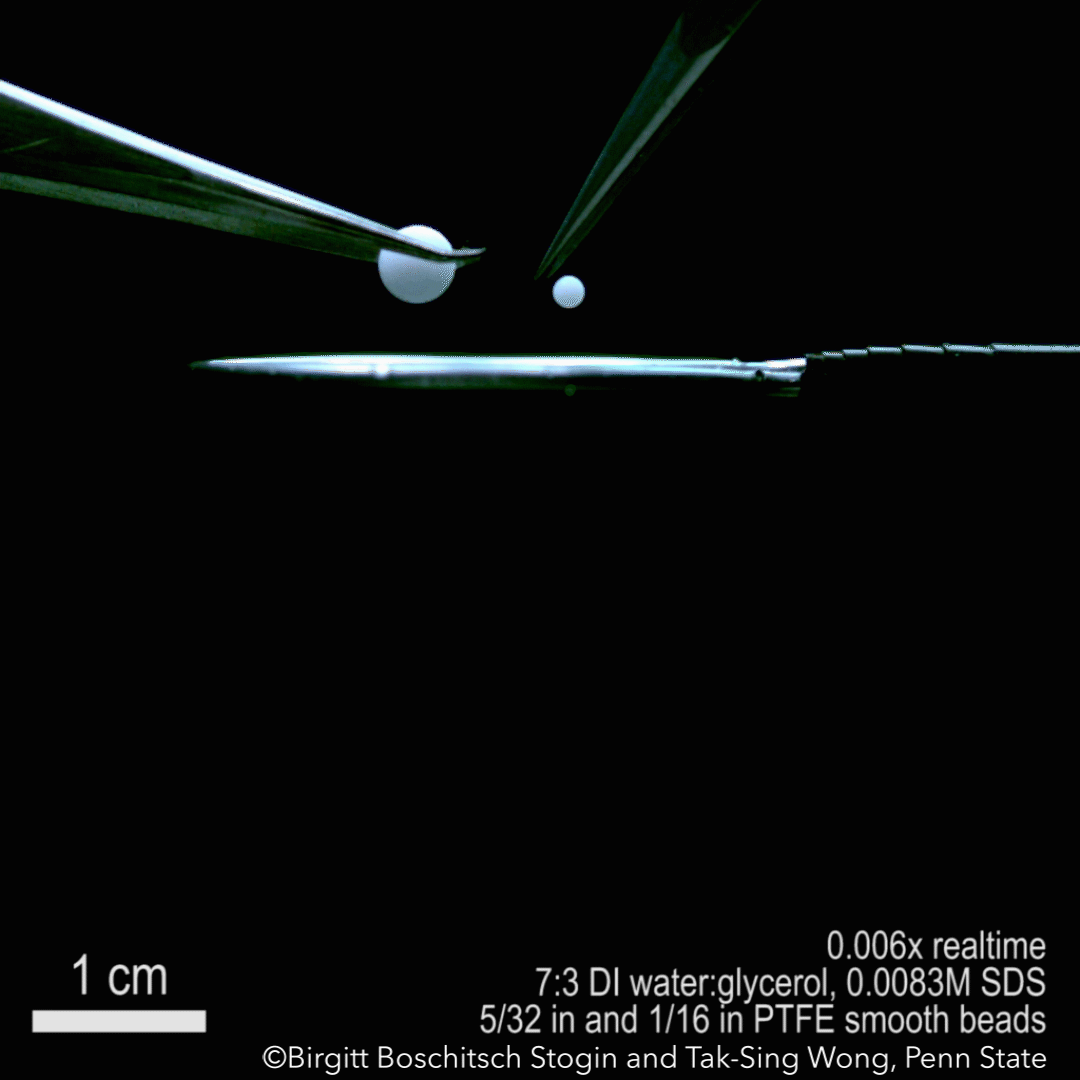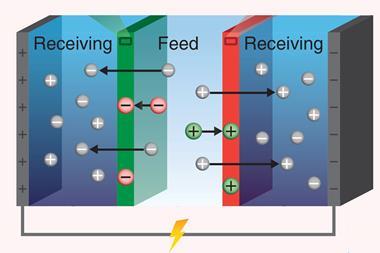Soap film that retains smaller particles while letting bigger ones through could be useful in open surgery or water-free toilets

Whether to block contaminants from entering wounds during surgery or making water-free toilets less smelly, a soap film supported on a metal ring could provide a solution. The liquid membrane acts as a reverse sieve: it stops smaller particles or gasses but lets larger particles pass.
Regular sieves or membranes are omnipresent in engineering, from desalination to separating cooked pasta from water. What they all have in common is that they retain larger particles while smaller ones go through.
Tak-Sing Wong and his team from Pennsylvania State University, US, came up with a simple idea of a filter that could do the reverse: a liquid membrane, made of water and a surfactant, stretched across a metal ring. Dropping different size polymer beads onto it, the film retains only the small ones. After any bigger particle that passed through, the membrane simply closes back up.
While fluid loss eventually destroys the film, connected to a liquid reservoir they can sustain more than 3000 filtration instances over three hours. Varying the components – water, glycerol, the anionic surfactant sodium dodecyl sulfate, tannic acid and polyethylene oxide – the researchers made membranes lasting up to 6.5 hours.
Wong’s team sees a number of potential application. Used in surgery, the film could block any dust or bacteria reaching open wounds. Surgical instruments can be passed through the film and manipulated, without rupturing the membrane.
As the film also retains gases, it could serve as an odour retention system in waterless toilets, making them, as the scientists write, ‘attractive from an olfactory perspective’.
References
B B Stogin et al, Sci. Adv., 2018, 4, eaat3276 (DOI: 10.1126/sciadv.aat3276)












No comments yet